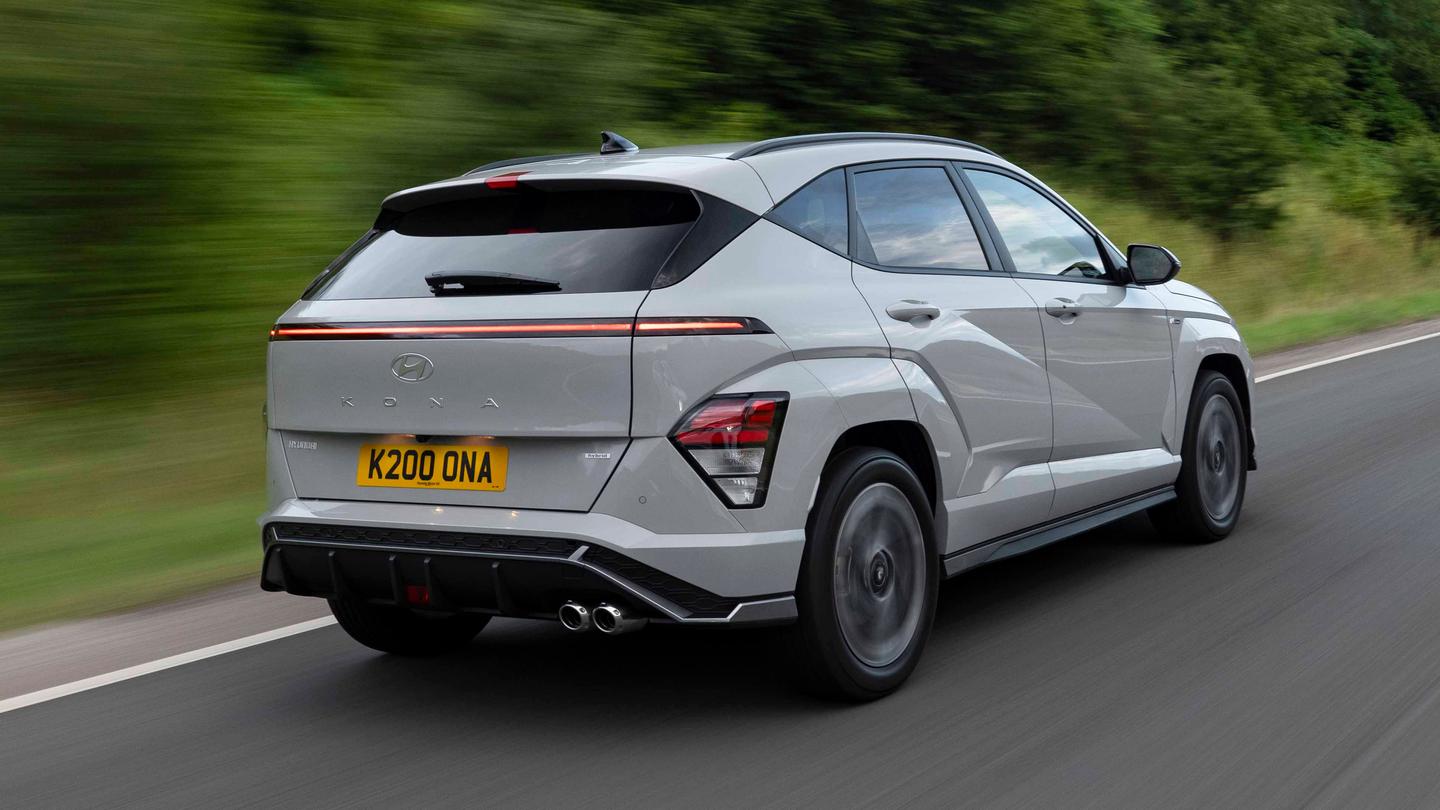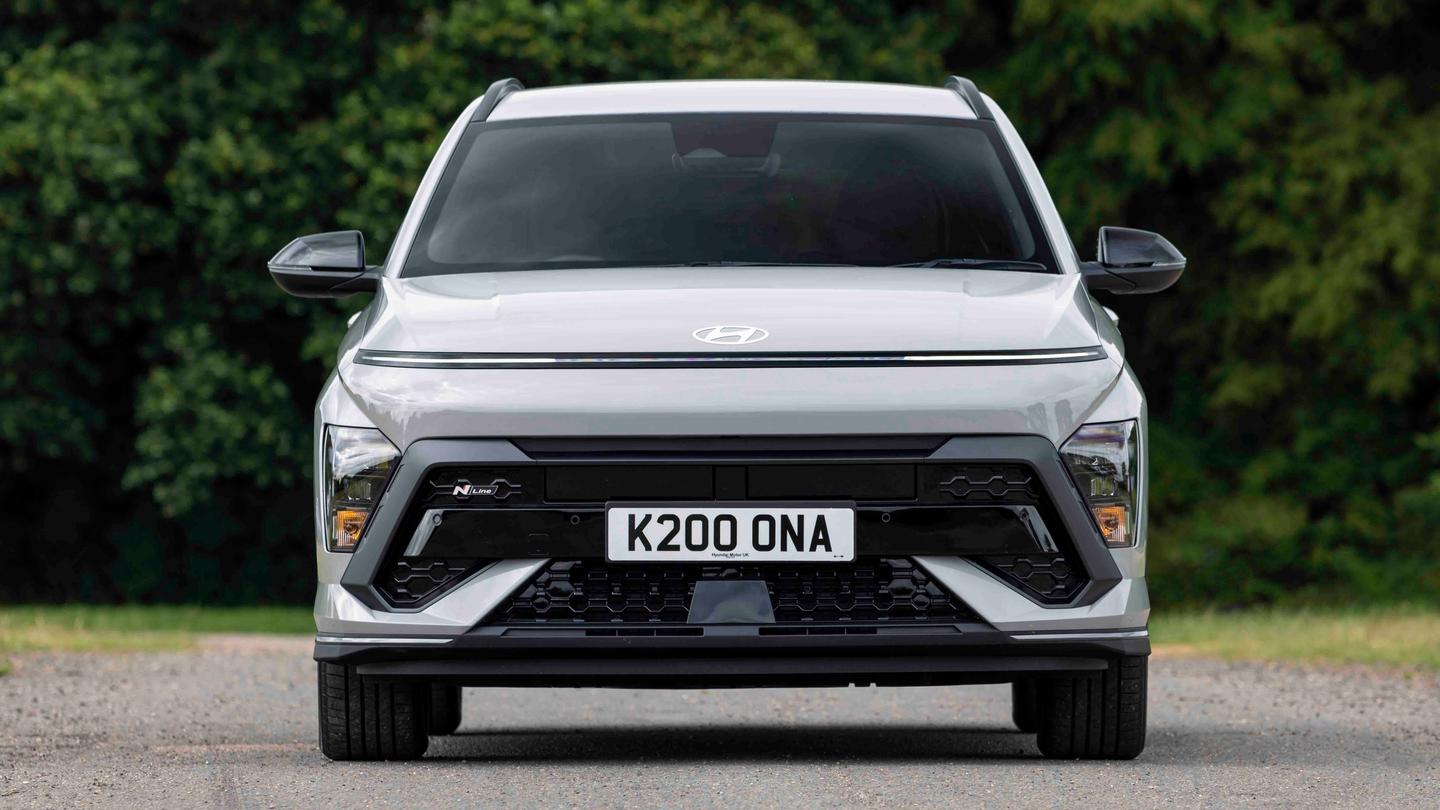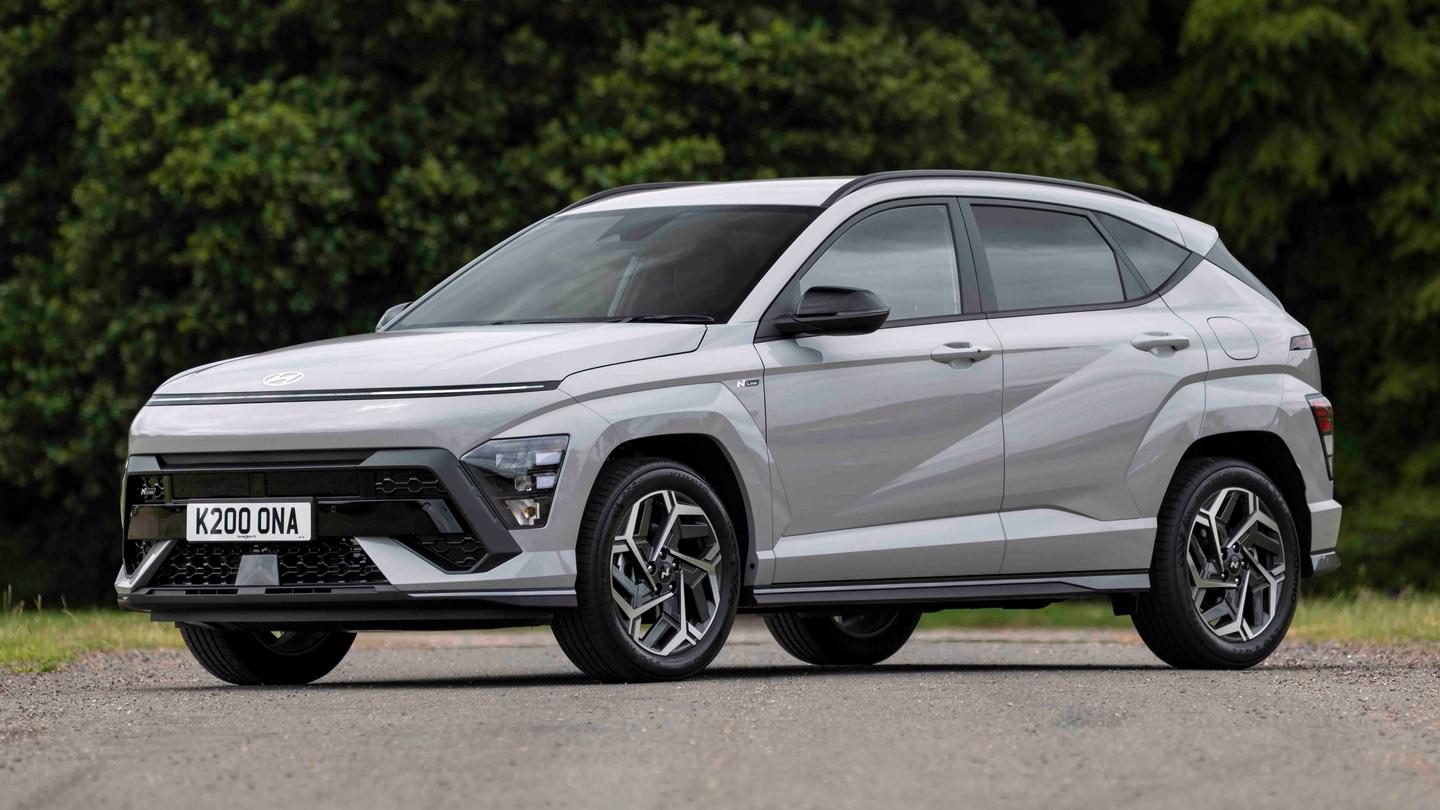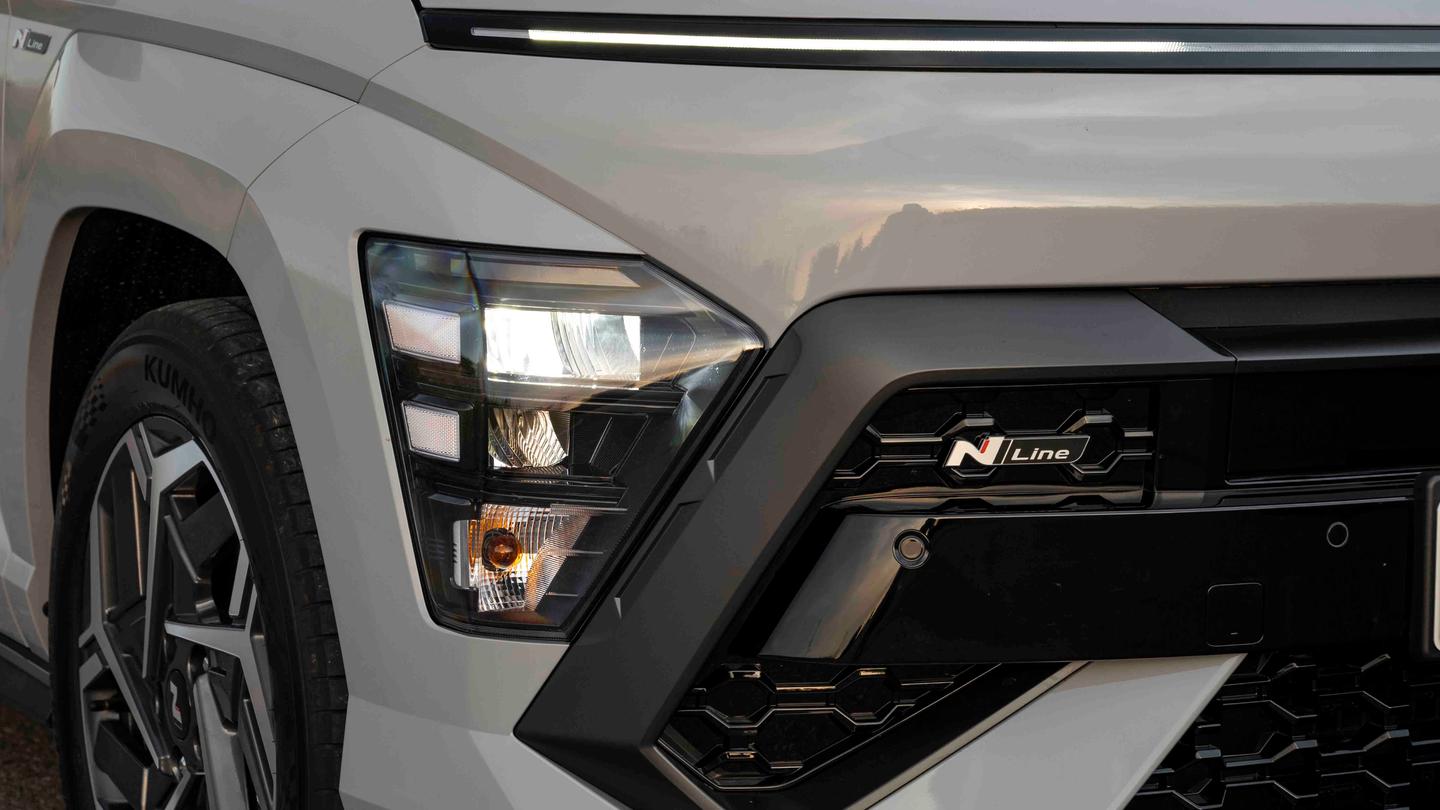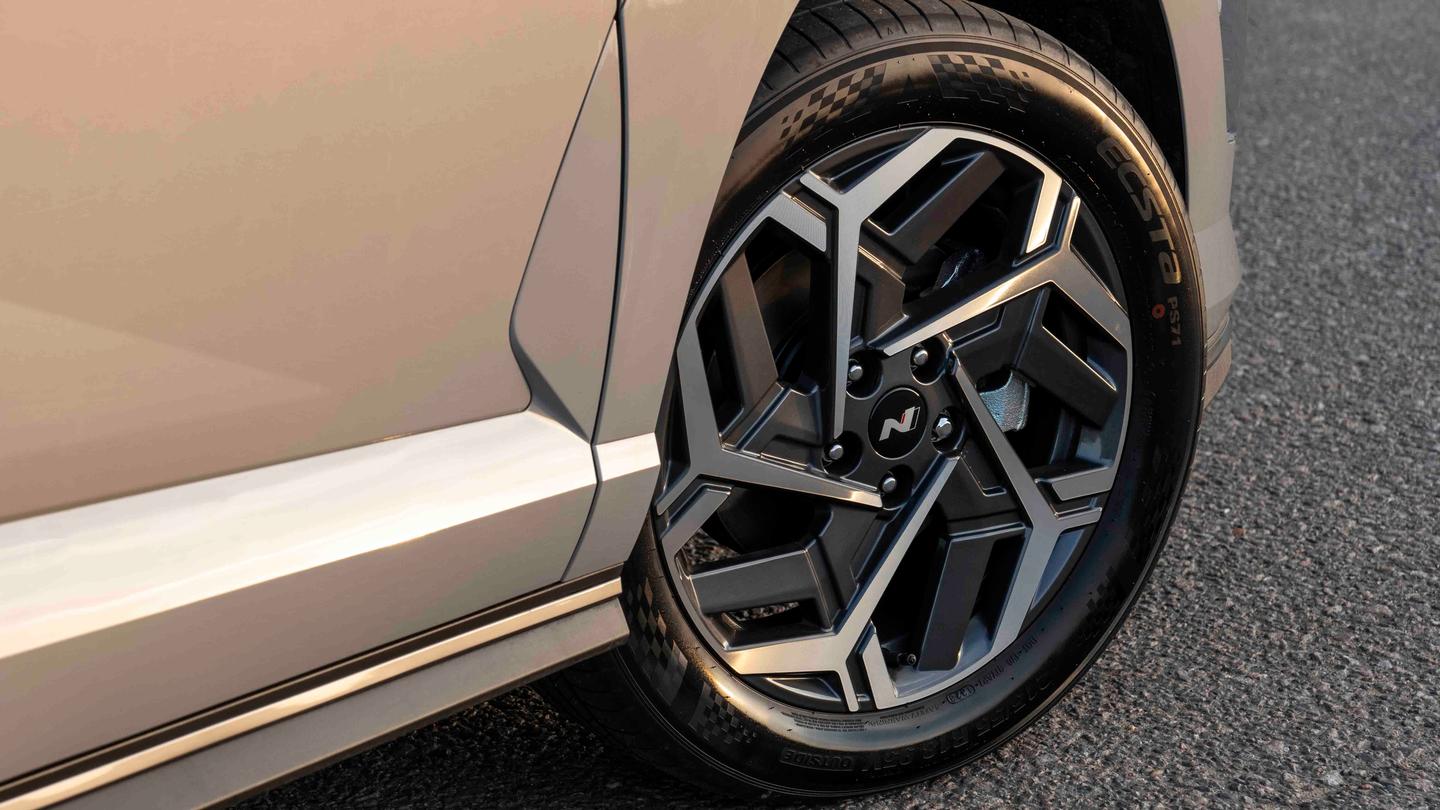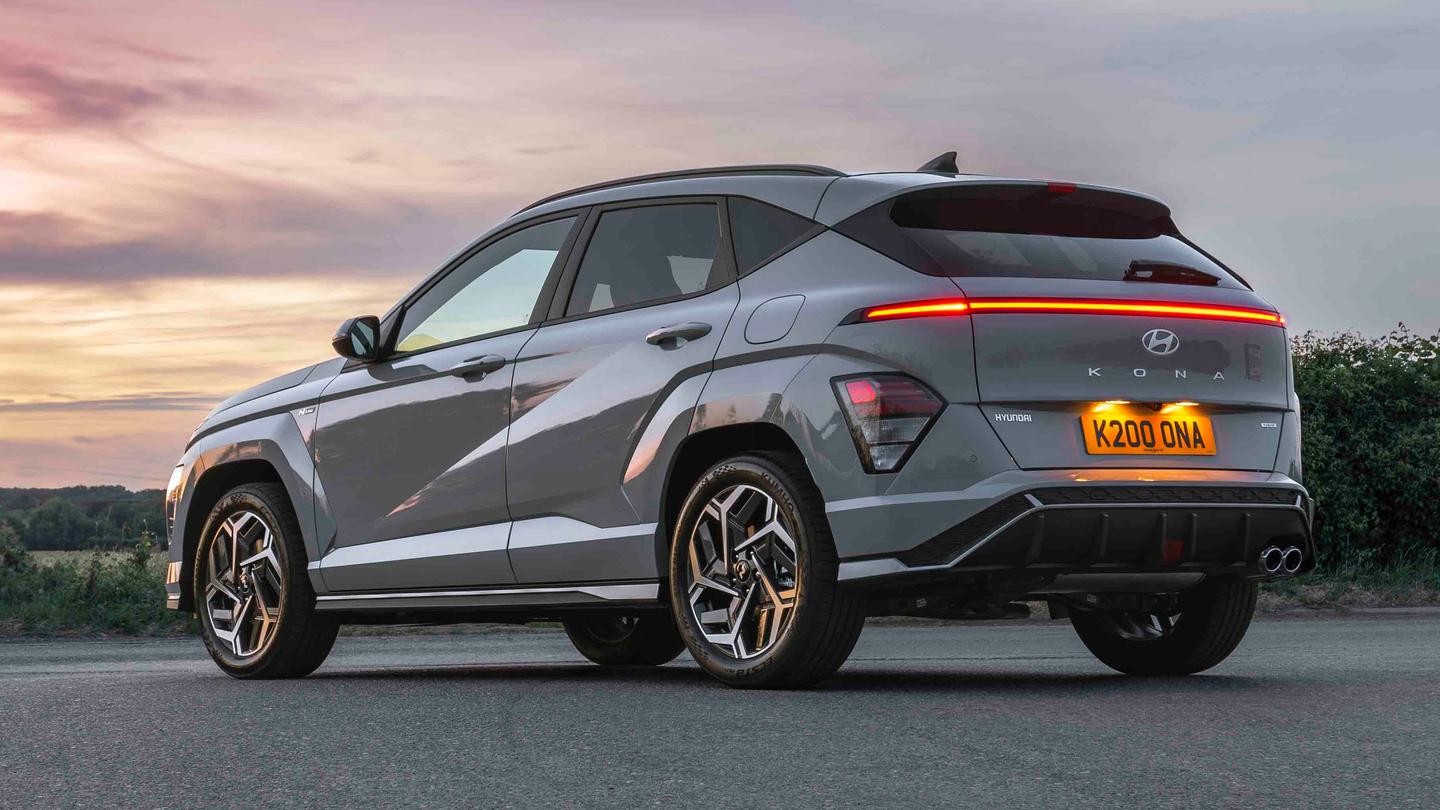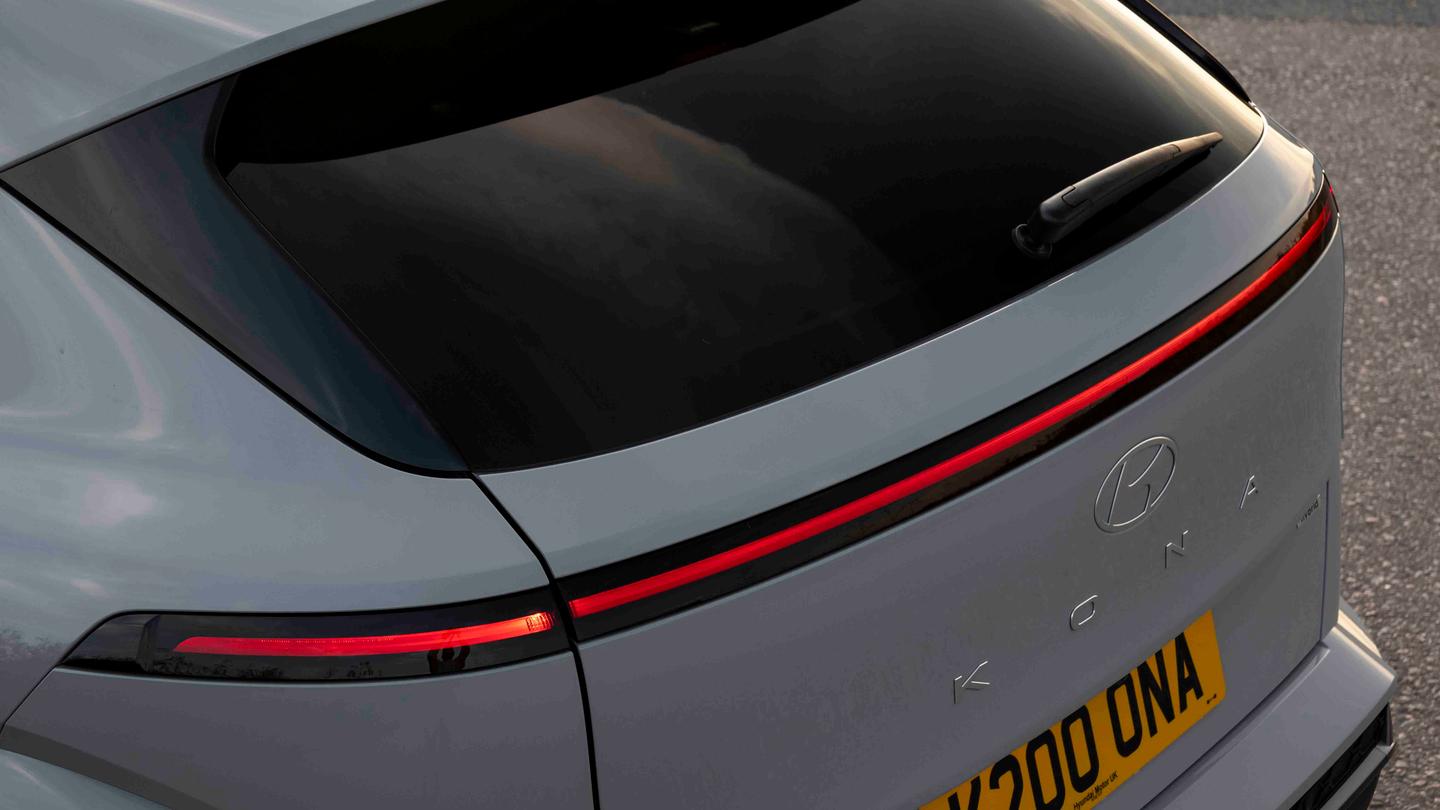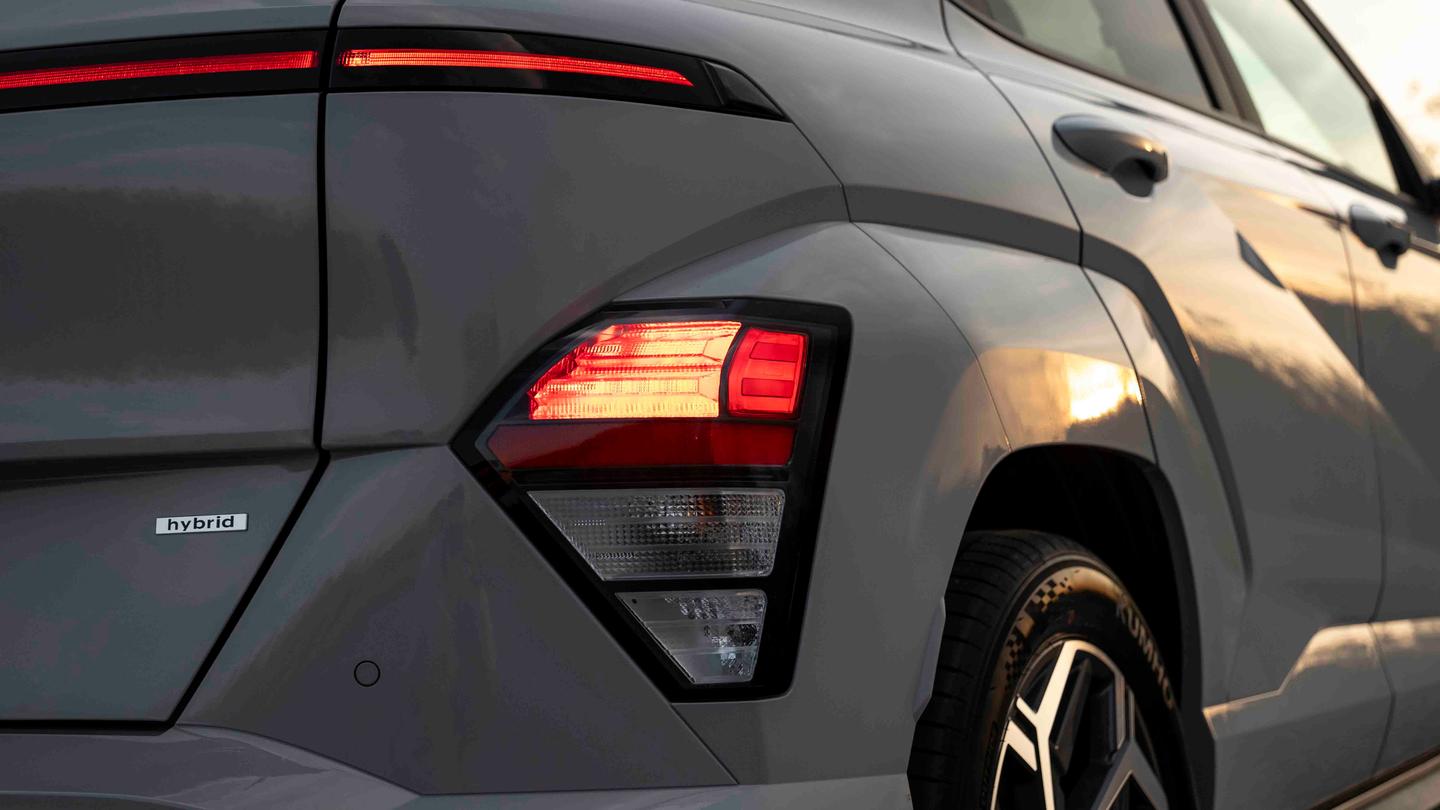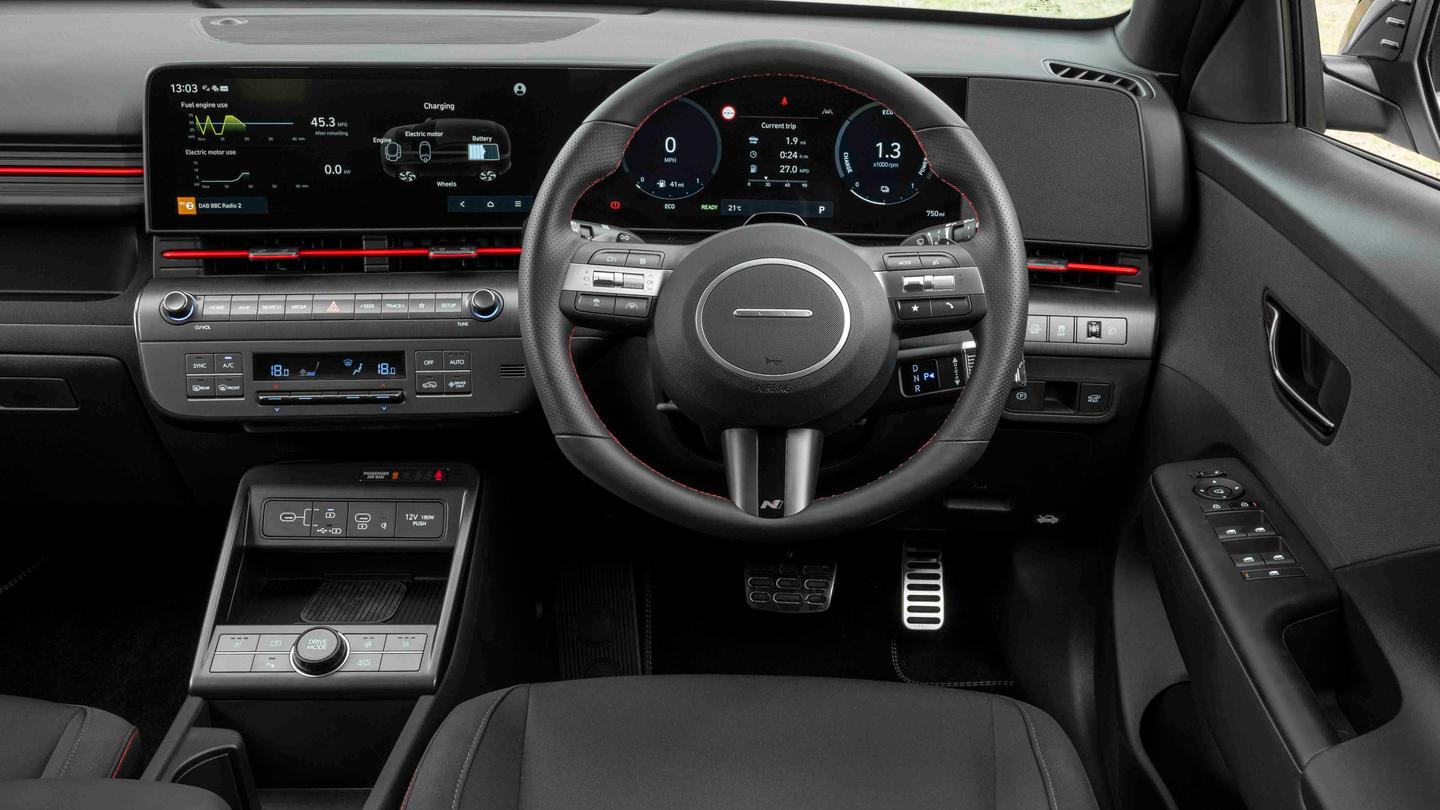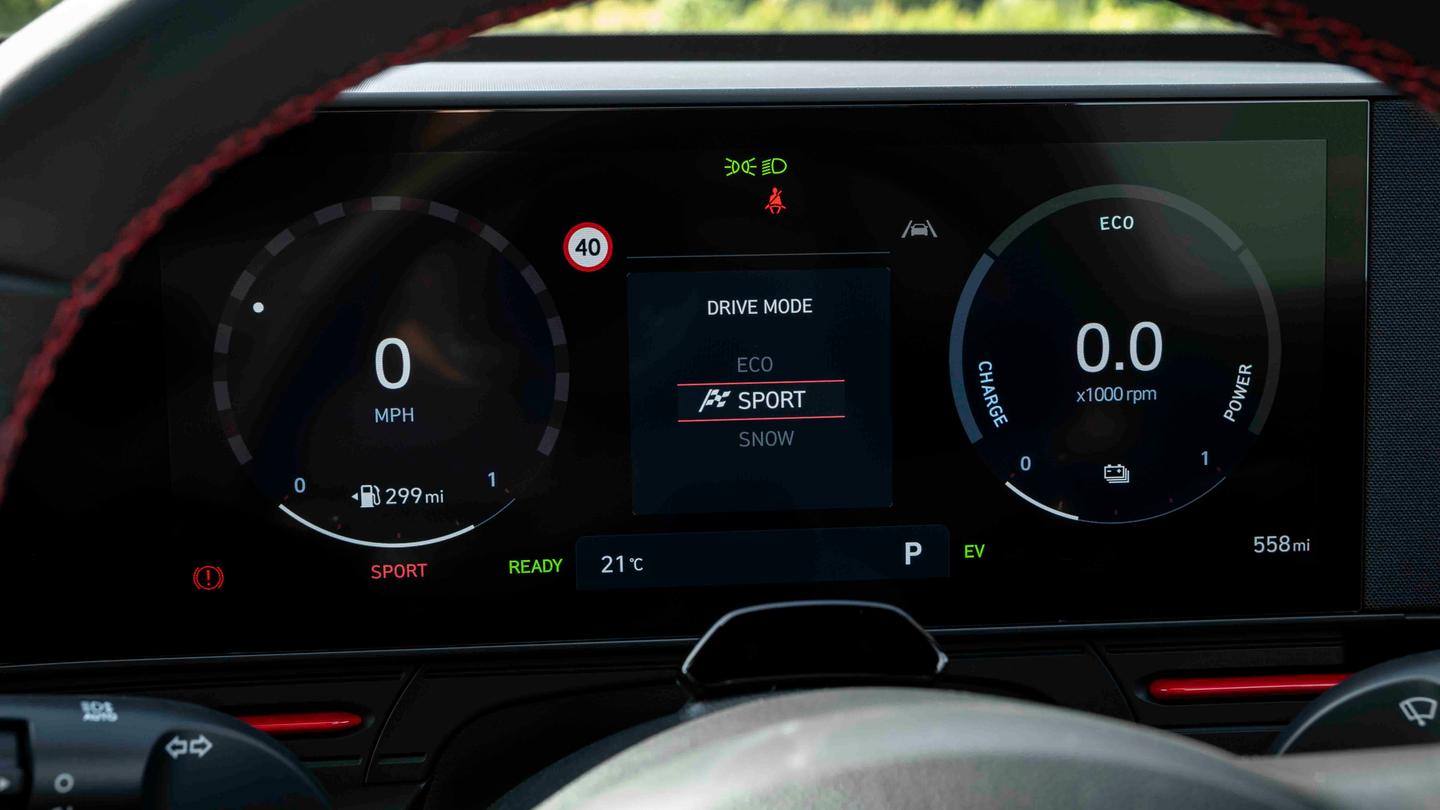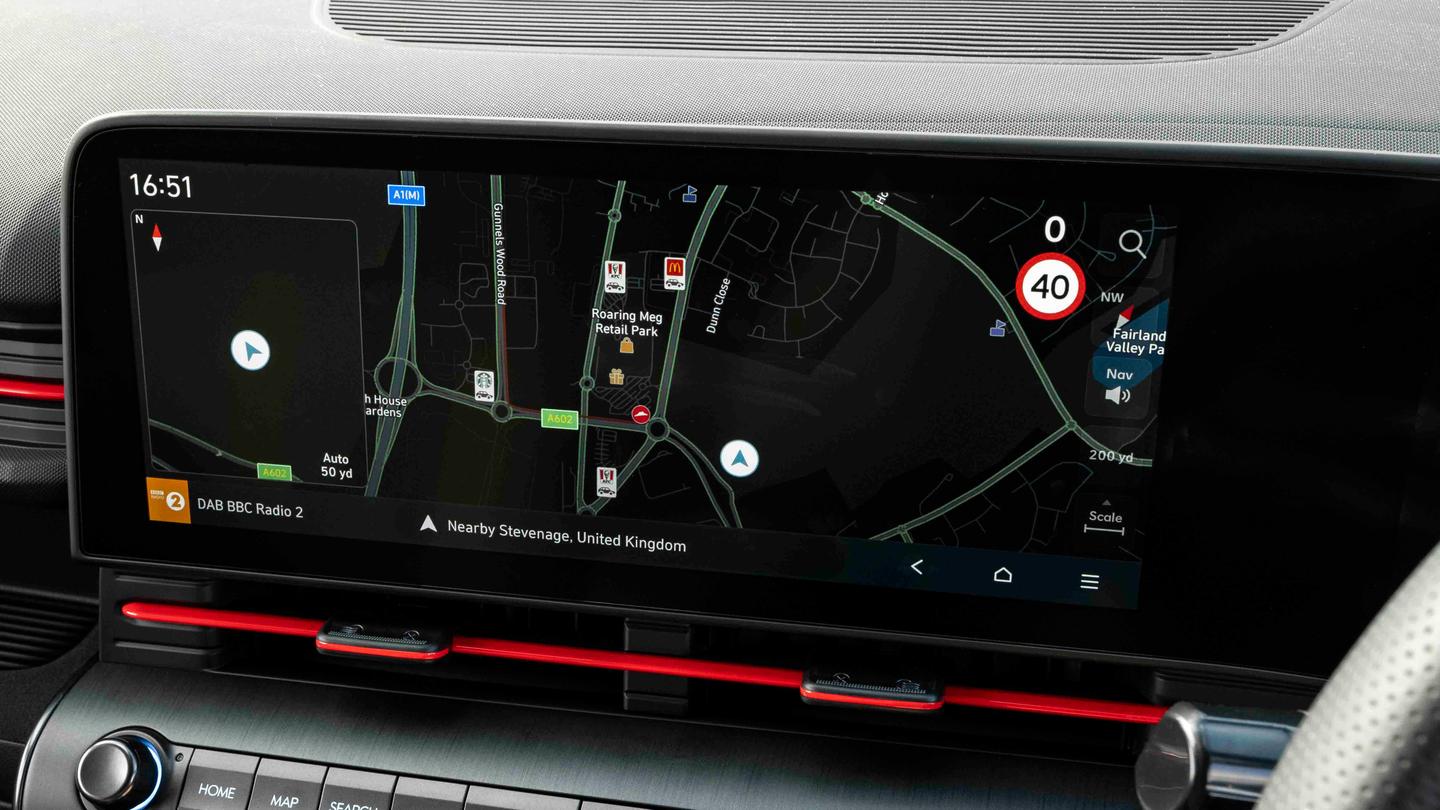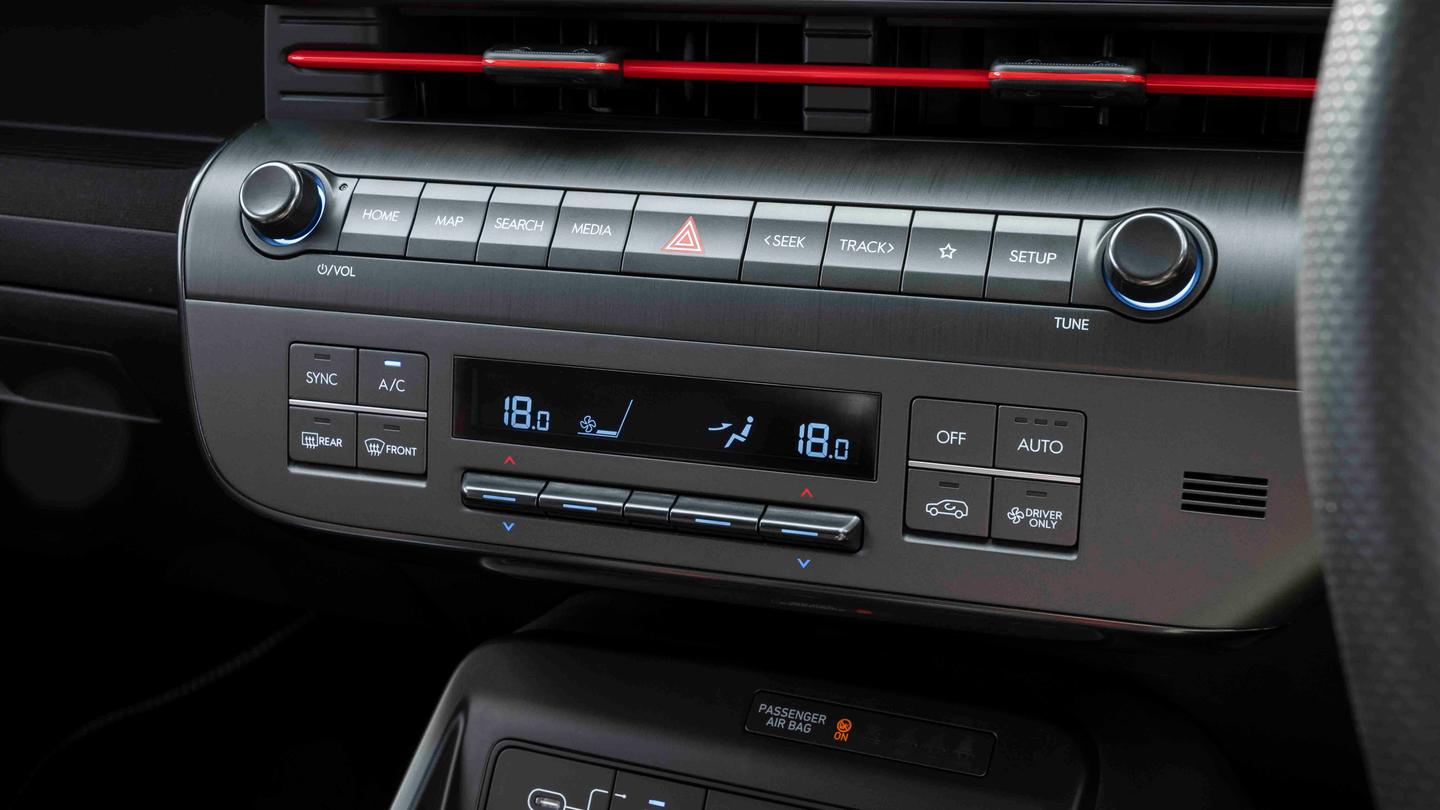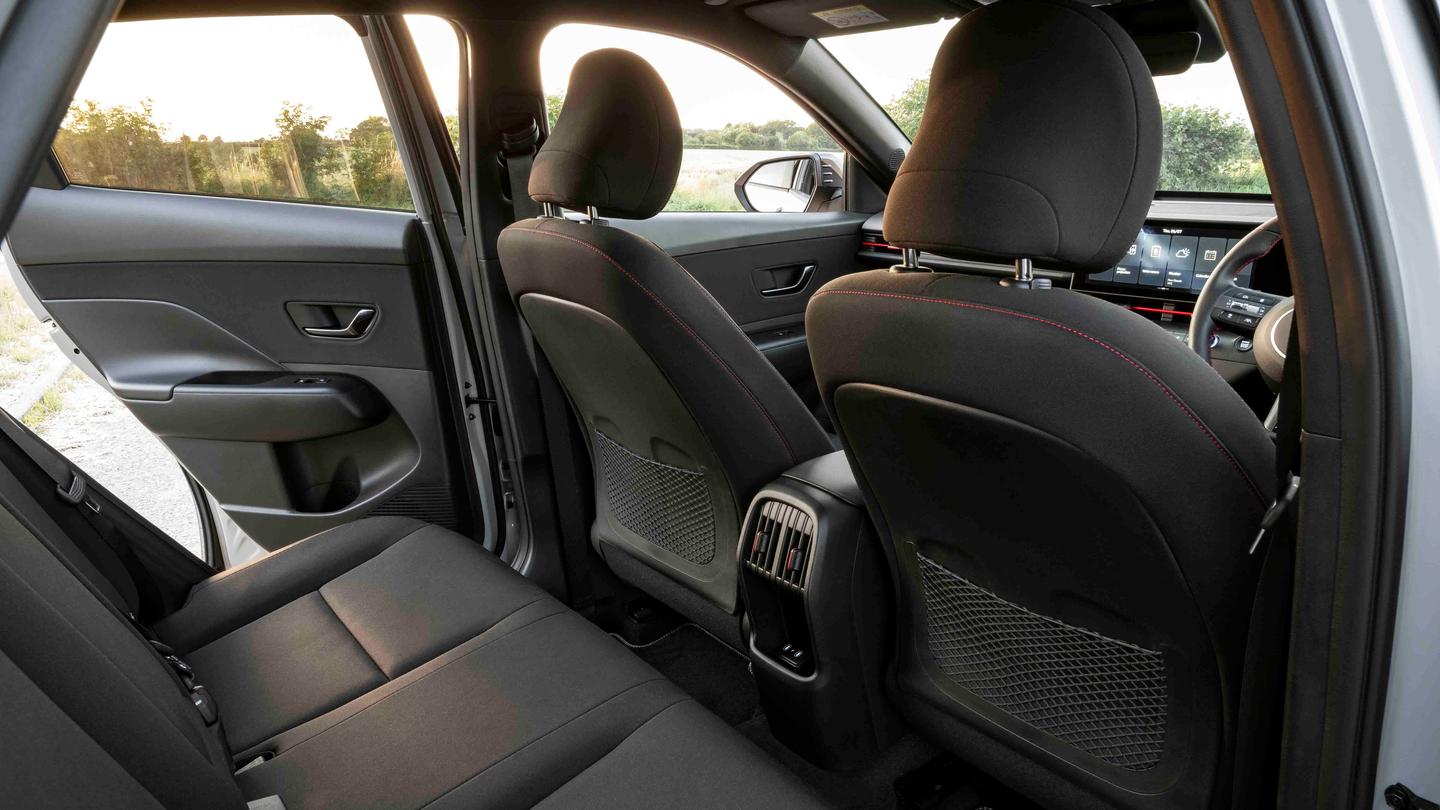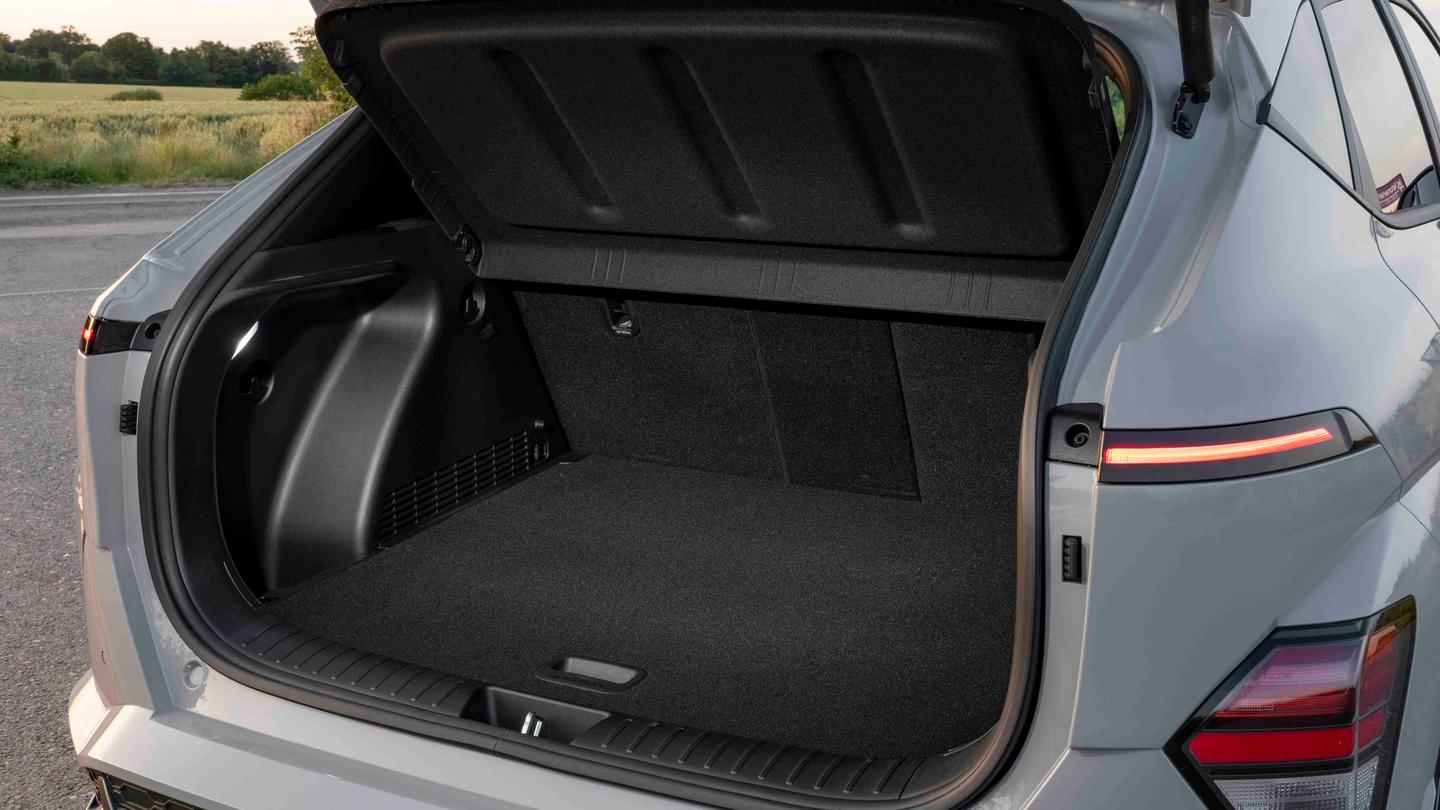
Hyundai Kona engines, driving and performance
Gallery
How does the Hyundai Kona drive?
Overall, the Hyundai Kona just drives quite nicely. It can do spirited driving if you ask for it, because the body control is generally good and it doesn’t wobble all over the shop like a wheeled jelly pot. There’s a nice sense of flow on an undulating country lane, as if the Kona is working with you rather than against you.
With that being said, the Kona is happiest pootling around town. Its hybrid and electric engines are most efficient at low-speed, stop-start driving, and regenerative braking means you can drive for a lot of the time without touching the brake pedal at all. The Kona’s light steering makes it easy to thread the car through tight streets. And, despite its increased size, the Kona isn’t at all difficult to park – partly thanks to the standard-fit reversing camera and sensors.
Is the Hyundai Kona comfortable?
The Kona hits the right balance between comfort and wallowing over bumps – it’s composed and deals with impacts well, and on the majority of roads it’s decently comfortable. The ride is definitely softer than the Ford Puma’s, and well damped to avoid feeling out of its depth through a corner.
What’s the best engine to get?

First off is a 1.0-litre petrol engine producing a heady 100hp. It’s the cheapest way into Kona ownership and is plenty for around town but, in a car this size, no way is it a sprinter. It’ll start to feel like it’s out of ideas if you want to speed up on the motorway.
Above that is a 1.6-litre petrol engine with 138hp, which unlocks the option of a seven-speed automatic gearbox alongside the six-speed manual. With either gearbox, this engine returns up to 45mpg, a figure that’s okay in isolation but some way short of the Puma and Volkswagen T-Cross. The 1.0-litre engine manages up to 47.9mpg for comparison.
If you’re considering the 1.6 petrol, especially the auto, you might as well step up to the hybrid. It’s not much more expensive, it’s more widely available and it’s much more efficient. You can easily achieve 60mpg – more if you stick to suburban streets – and the transition between power sources is generally pretty smooth. What’s more, insurance costs are barely any higher than the 1.0 petrol.
Are you a used car buyer who can charge at home and mainly do fairly local journeys? We recommend stepping up to the fully electric Kona, because it’s the smoothest and quietest version. There are two battery options – a 48kWh one with a max range of 234 miles, and a 65kWh one with 319 miles.
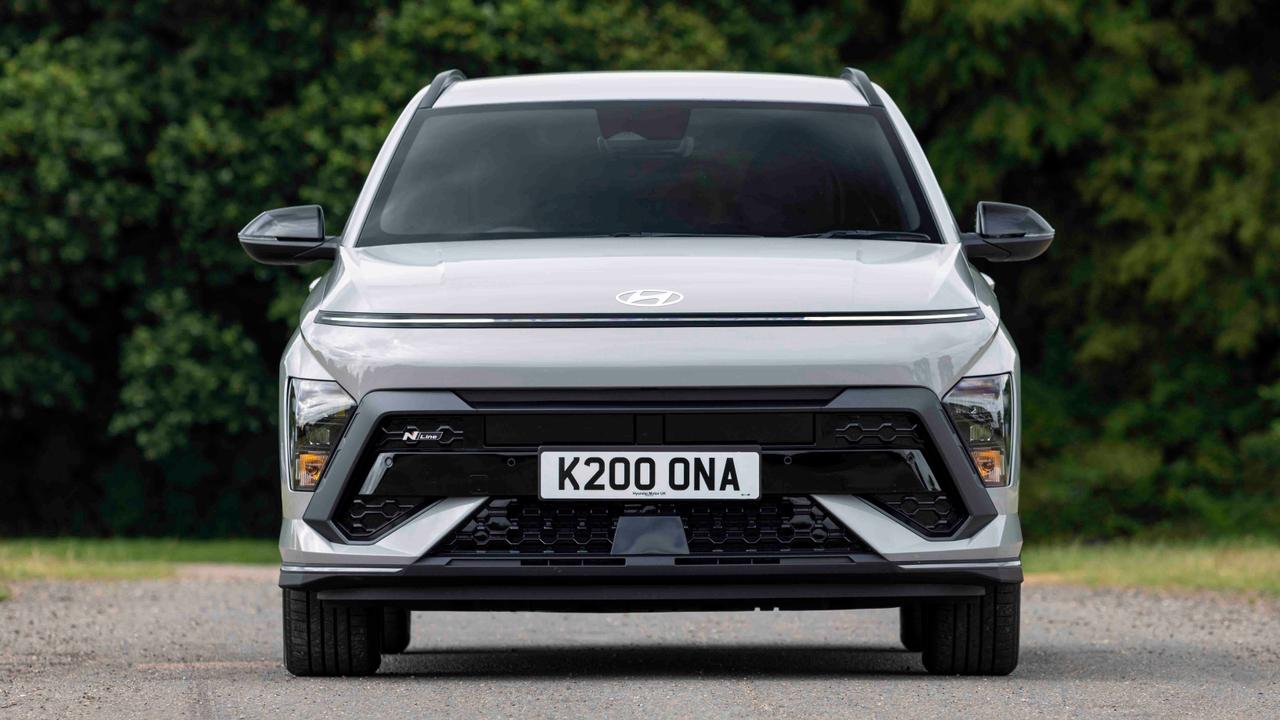
Even though that’s a little bit off the figures presented by the Kia EV3 and Skoda Elroq, the Kona offers enough electric range for the vast majority of drivers. However, there are better EVs to use for regular long-distance driving, because the Kona’s fast-charging stats – 74kW for the small battery and 102kW for the big one – are only average for the class.
Rather than the usual 80% top-up figure, Hyundai quotes an hour and 22 minutes for a 10-100% public charger top-up – for both batteries. Considering the rate of charge massively slows down after 80%, we expect a more realistic 10-80% charge to take around 45 minutes.
If you don’t need to rely on the public network, a full charge from a home wallbox can cost just a few pounds – especially if you’re on an EV-friendly tariff that gives you windows of cheap charging overnight.
Hyundai Kona performance

Unless you’re one of the 544 people who bought the raucous Hyundai Kona N, you won’t expect the new Kona to offer sparkling performance.
And you certainly won’t get it with the 1.0-litre petrol, which takes 13.3 seconds to get from 0-62mph. This engine is powerful enough around town, but we’d suggest upgrading to the 1.6-litre turbo petrol if you’re regularly driving on high-speed roads. This engine cuts the 0-62mph time to a respectable 10.2 seconds and feels more at home on the motorway.
The 1.6 hybrid doesn’t come with a turbo, so performance drops off a little. In fairness, the 0-62mph time of 12 seconds is largely irrelevant for an economy-focused car that does its best work around town. It’ll feel a bit strained on faster roads and might become a little noisy.
With their instantly available power, the electric Kona versions are the quickest. The 48kWh model has 154hp and a 0-62mph time of 8.8 seconds. It feels nippy (but not breathtakingly fast) at lower speeds, but tails off at speed – like many similarly powered EVs. Long Range versions have a power boost to 218hp, reducing the 0-62mph time by a second.

































